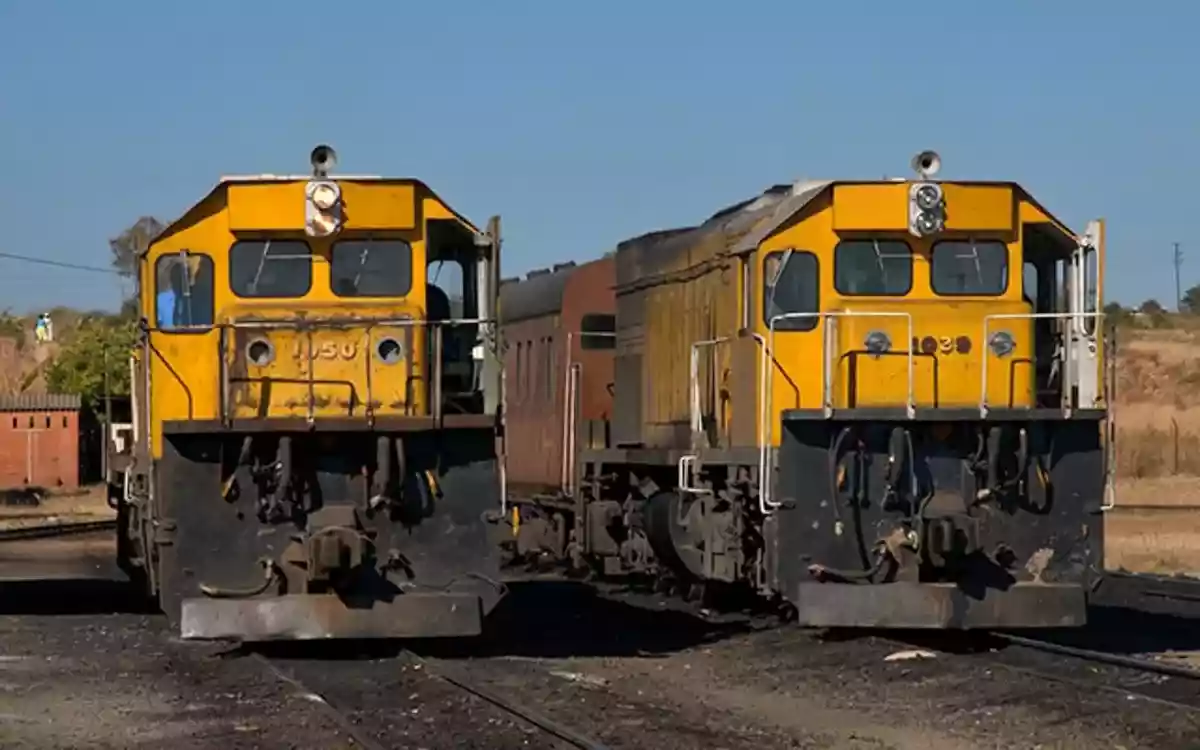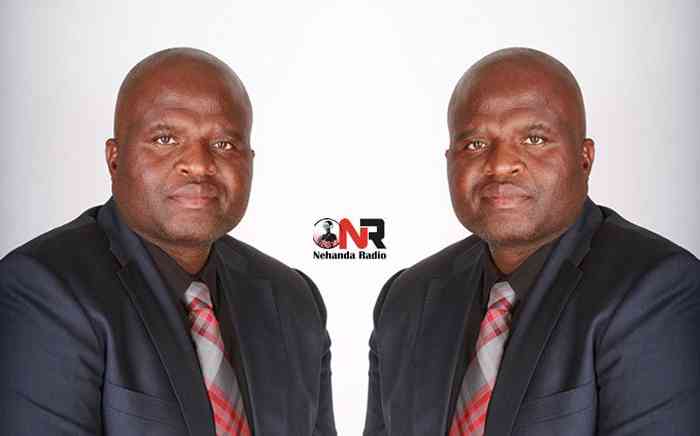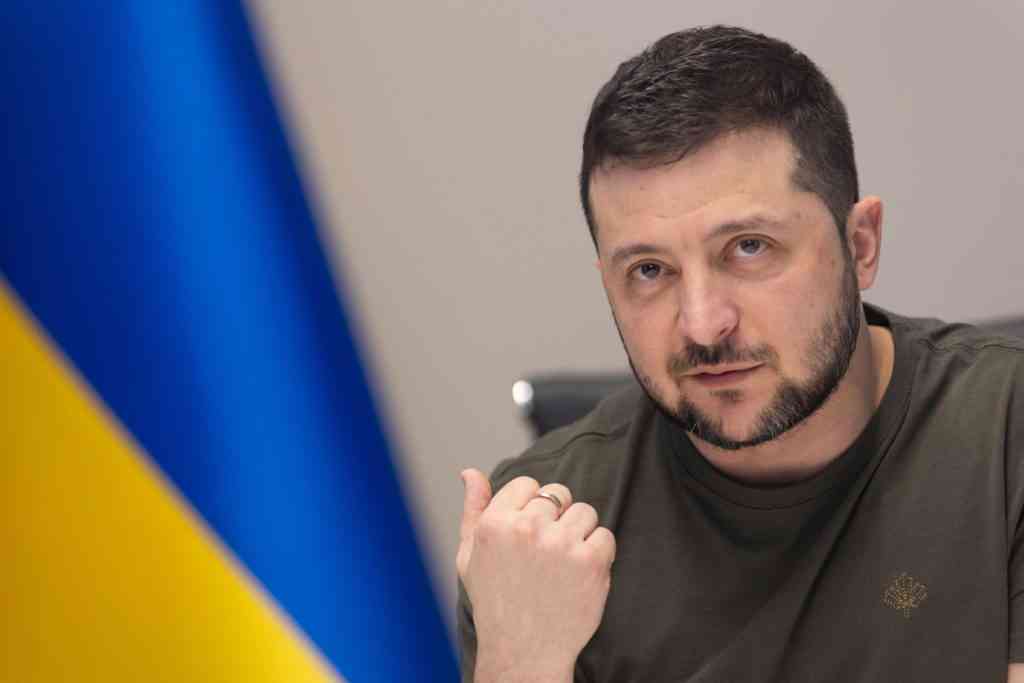
A high turnout of voters during last week’s Zanu PF primary elections has generated immense debate, with analysts warning that the party may use the figures to justify a possible manipulation of the July 31 polls.
REPORT BY PATRICE MAKOVA
But others said the high turnout in some constitutencies would not necessarily work to the advantage of the former ruling party.
They said while the party often drew crowds at its events and maximised on the voter registration exercises, there was no correlation between the high turnout and actual votes come Election Day.
All card carrying Zanu PF members and those who purport to belong to the party were eligible to vote.
This saw a massive turnout in some constituencies, with Defence minister, Emmerson Mnangagwa’s wife, Auxillia Mnangagwa amassing 17 000 votes in Kwekwe-Chirumanzu.
She initially wanted to contest in Mazowe, but was allegedly blocked by the Mashonaland Central leadership due to Zanu PF factional fights.
In Uzumba, Simbaneuta Mudarikwa won 9 413 votes and in Mudzi Newton Kachepa got 10 165, while Dexter Nduna garnered 7 028 in Chegutu West.
- Chamisa under fire over US$120K donation
- Mavhunga puts DeMbare into Chibuku quarterfinals
- Pension funds bet on Cabora Bassa oilfields
- Councils defy govt fire tender directive
Keep Reading
This was in sharp contrast to the MDC-T primary elections and confirmation exercise, where some candidates were endorsed by less than 200 people, as only office holders were eligible to vote.
Political analyst, Ernest Mudzengi said the high turnout was largely to do with Zanu PF’s agenda setting as part of efforts to influence results.
“The high turnout was probably to prepare for a certain result, which may not necessarily reflect what the people will have said through the ballot box,” he said.
Another political analyst, Gift Mambipiri agreed that the results of some primaries in Zanu PF exposed other agendas beyond the obvious.
“That is why you get someone claiming to have been supported by thousands of people. But, if you follow the allegations of ballot boxes being stuffed and ‘human trafficking’ across constituencies, then you will know the figures are not credible and legitimate,” Mambipiri said.He said Zanu PF was trying to announce to the world that they had strong grassroots support.
“In so doing they are sending the other parties panicking and also so that when they stuff ballot boxes with imaginary votes, especially from the rural areas where observers may not be welcome, they will have some justification,” said the political analyst. MDCs scoff at zanu pf primaries voter turnout The MDC parties said the figures were inflated and served as a template for rigging the elections.
Nhlanhla Dube, the MDC spokesperson said; “They are not a reflection of the true Zanu PF support base. It is a huge public relations attempt, aimed at mass deception that Zanu PF still has the power to command huge numbers.
“It is an attempt to prepare Zimbabweans psychologically ahead of the elections.”
Douglas Mwonzora, the MDC T party spokesperson added: “The Zanu PF primary election figures are inflated to prepare for rigging in the elections.
“The figures don’t represent the party’s support base and are only aimed at creating a template for rigging.”
‘Zanu PF structures are in disarray ’
Gift Mambipiri said another reason why Zanu PF opted for everyone to vote was because the party could not use its usual party structures, due to deep seated factionalism.
“They have parallel structures in almost every constituency and ward. They do not know who is who and the party chairman [Simon Khaya Moyo] has tried and failed to set clear structures,” said Mambipiri.
He said on the other hand, MDC-T primaries were purely for giving mandate to new contestants in the harmonised elections; hence well-defined electoral colleges were used.
But University of Zimbabwe (UZ) political science lecturer, Shakespear Hamauswa did not read much in the high turnout.
He said people who voted were not necessarily Zanu PF supporters and some MDC, those who belong to other parties also participated.
“Some participated because of fear, since during the primaries it was easier to identify those who did not take part. So people could have participated for security reasons,” said Hamauswa. He said the figures registered during the primaries need to be compared with the previous voting patterns.
Hamauswa said a close look would reveal that the figures were not very different from the 2008 harmonised elections.
He said in the areas with touted high turnouts, like Marondera Central, MDC-T won by more than 8 000 votes, yet the Zanu PF candidate got just above 3 000.
But the UZ lecturer conceded that Zanu PF used the primaries to test its preparedness, thus they allowed every card carrying member to vote.
“If the high turnout in some parts is to reflect what is going to come then in Harare, Matabeleland and in those areas with low turnout there is nothing for Zanu PF,” he said.
Despite the high turnout, the Zanu PF primaries were marred by chaos, with voting in some constituencies delayed by up to two days, due to in-fights and poor logistical arrangements.
Some candidates were controversially disqualified and others re-admitted through the backdoor, further dividing the party ahead of the July 31 election.
There were also allegations of vote rigging and missing ballot papers.
A recent report by Crisis in Zimbabwe Coalition (CiZC) warned that the country was again heading for disputed polls, as evidence on the ground already showed possible manipulation of the electoral process.
The report: “Countering Electoral Manipulation: Strengthening Zimbabwe’s Chain of Democracy Choice,” expresses misgivings on the integrity, transparency and the manner in which the electoral process is being handled by the authorities.
It says on Election Day, there is a possibility of denying observers access to polling stations, hot spots, pressurising voters through threats, abuse of mobile ballots, multiple and ghost voters and displacement of known and suspected opposition supporters.











